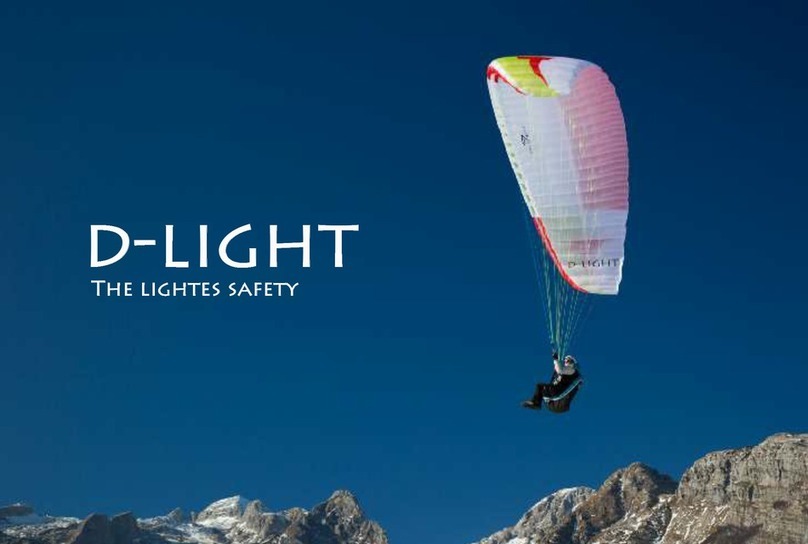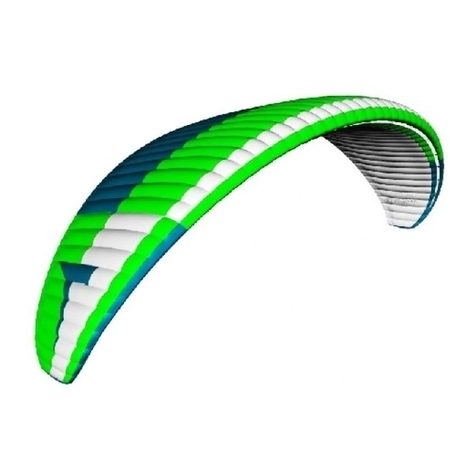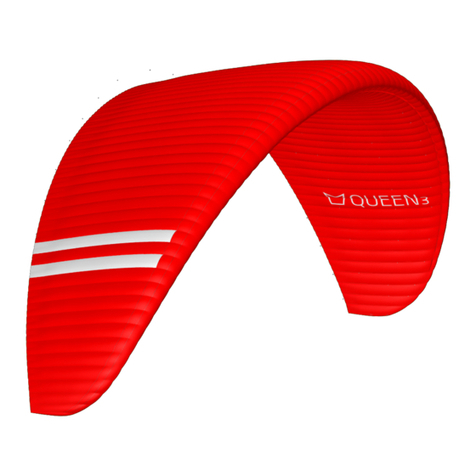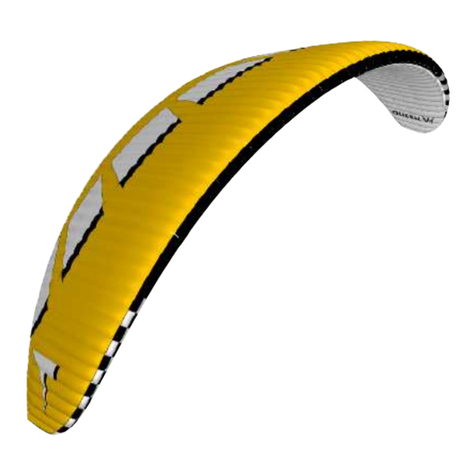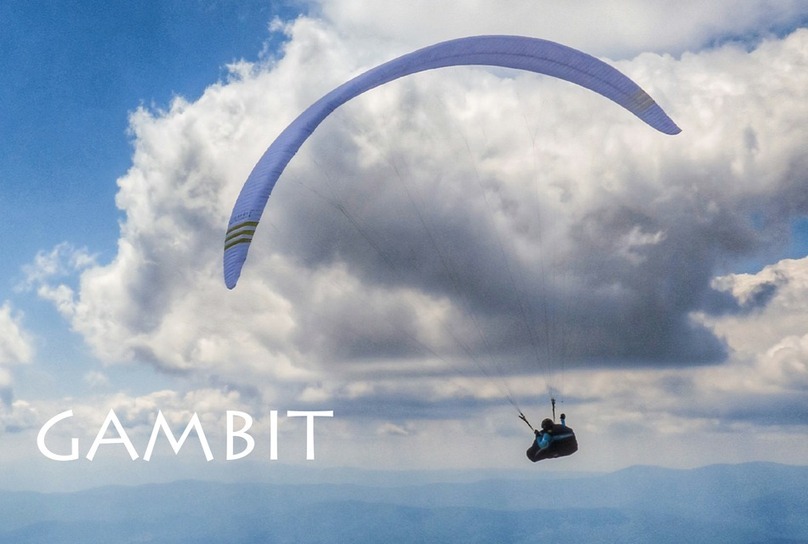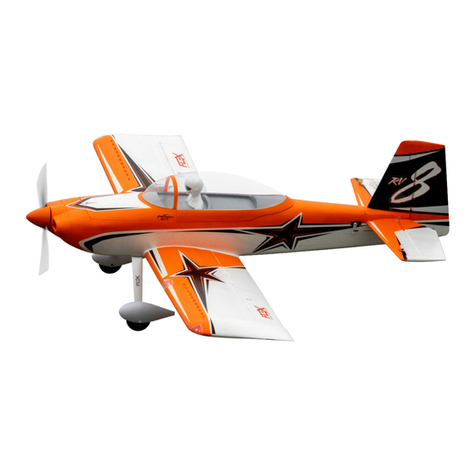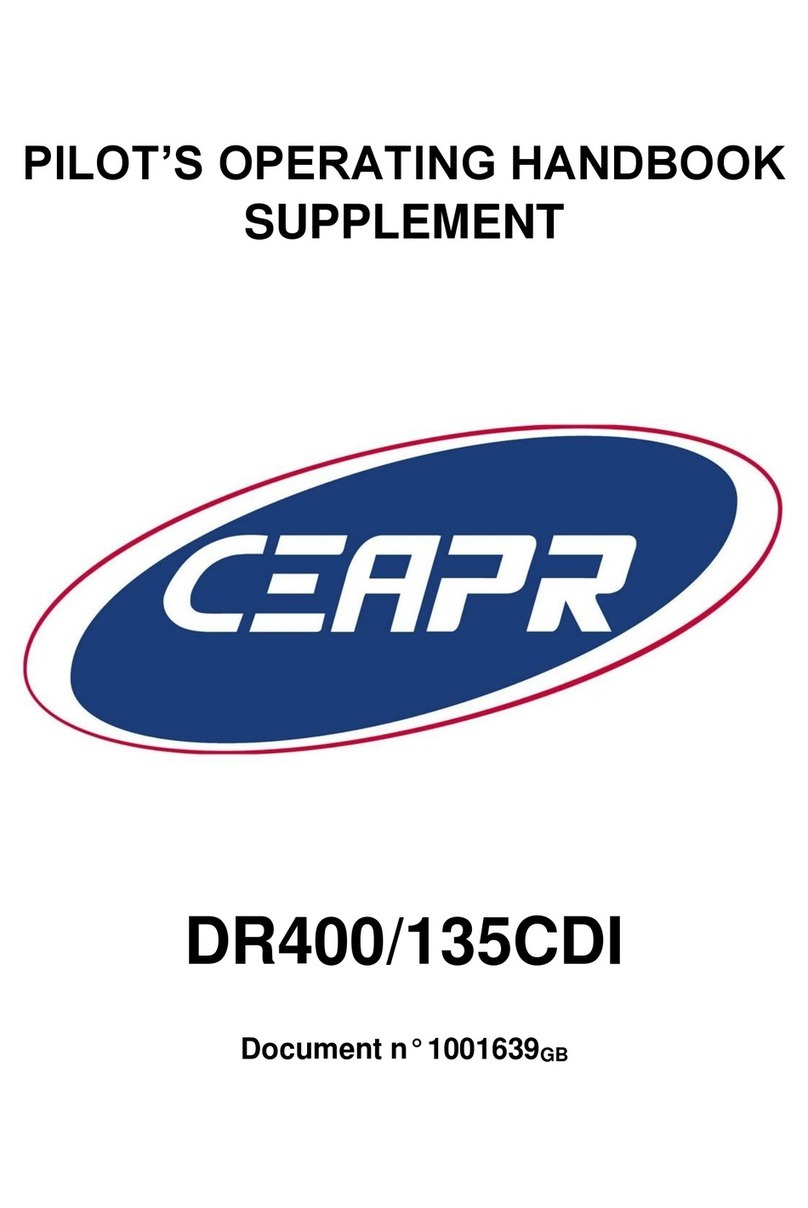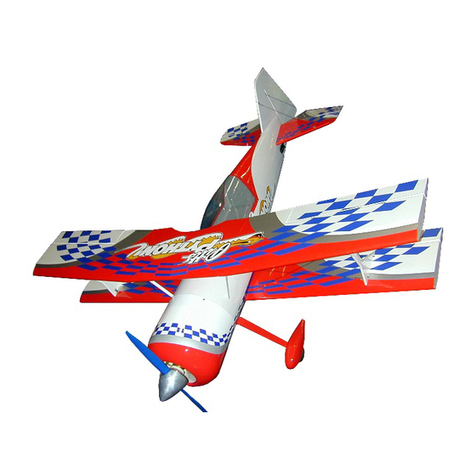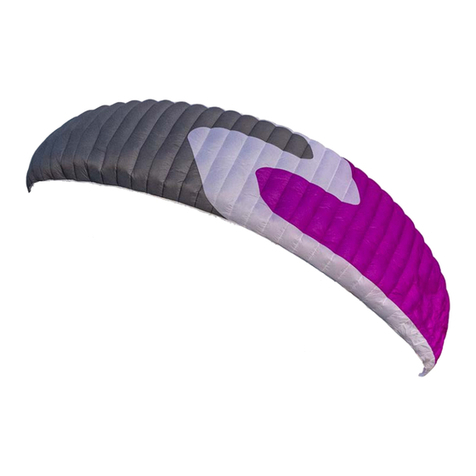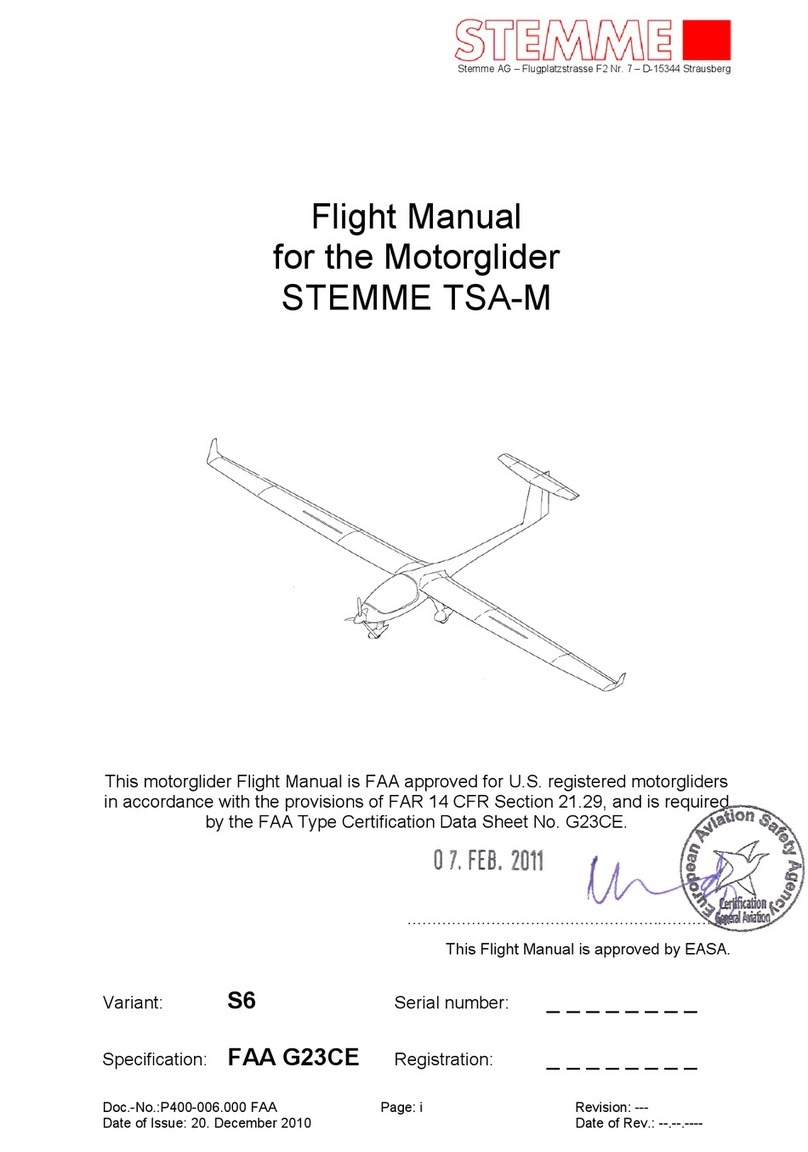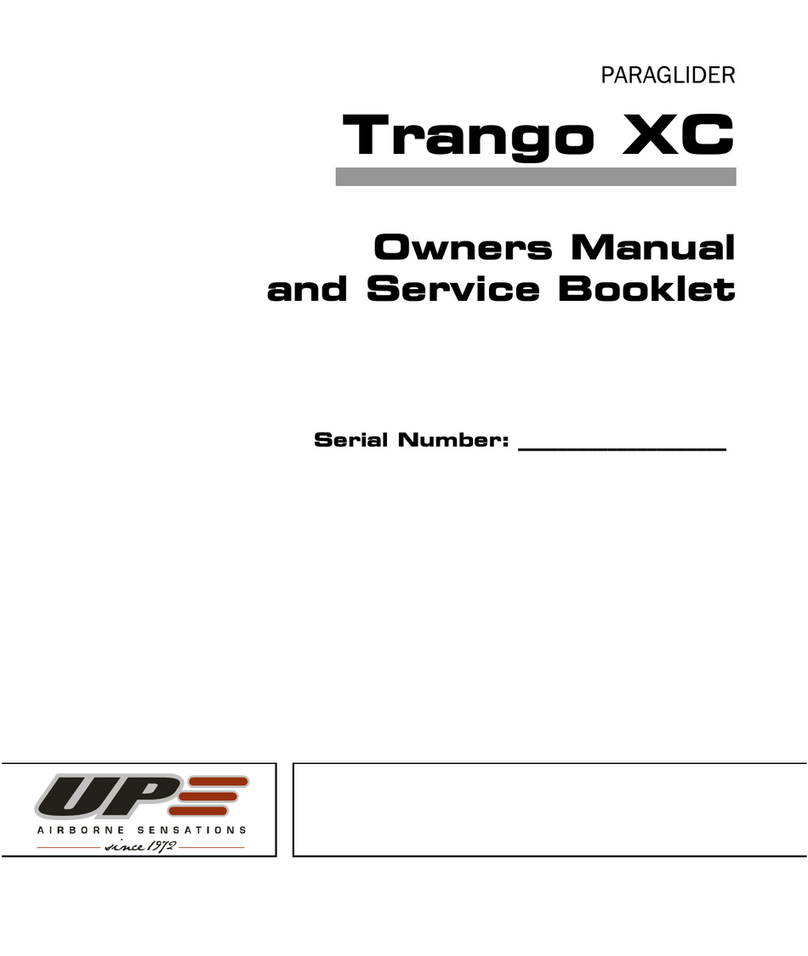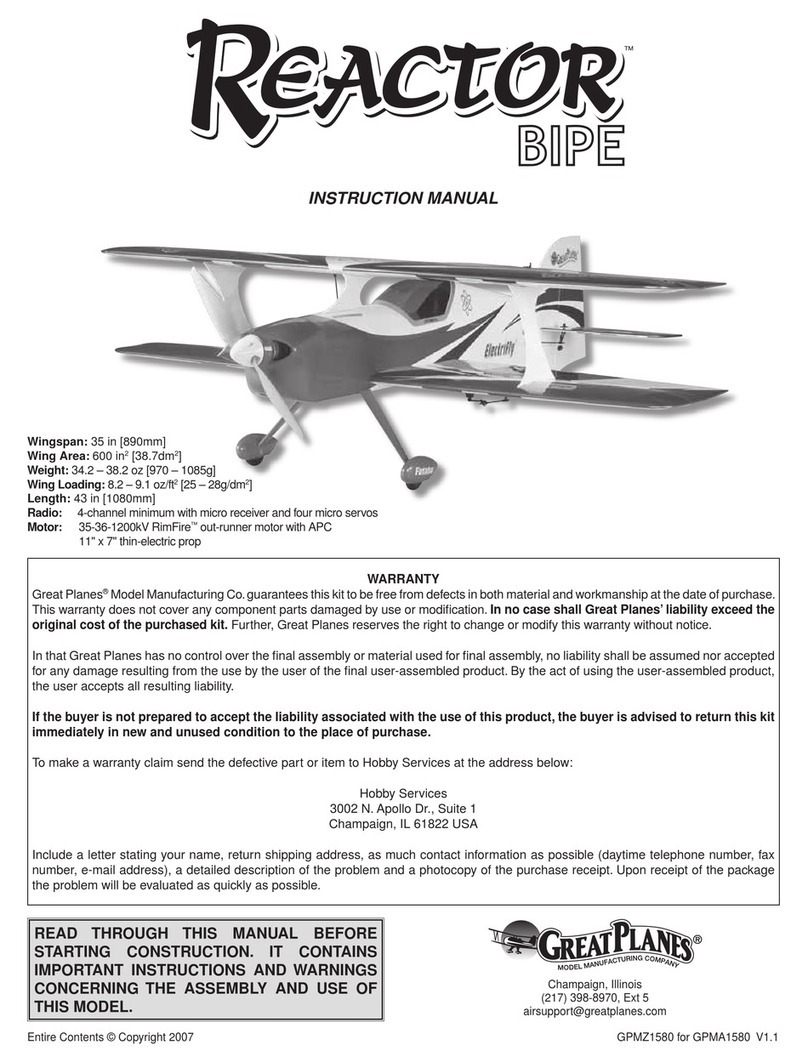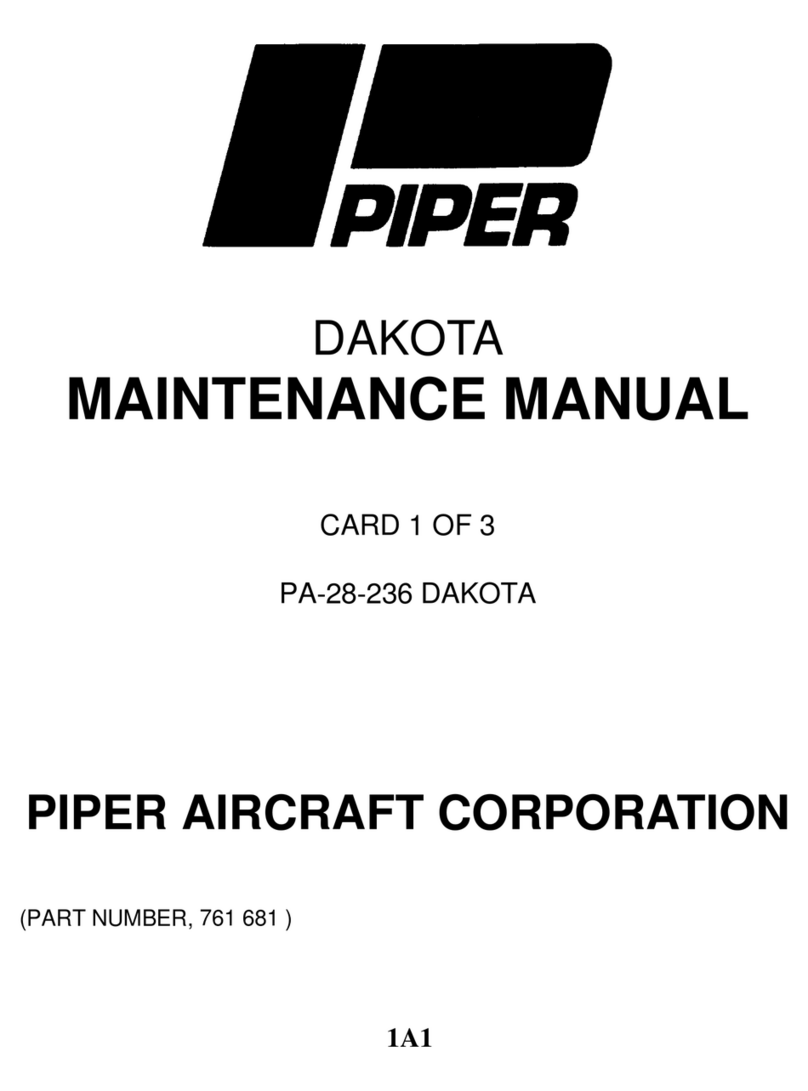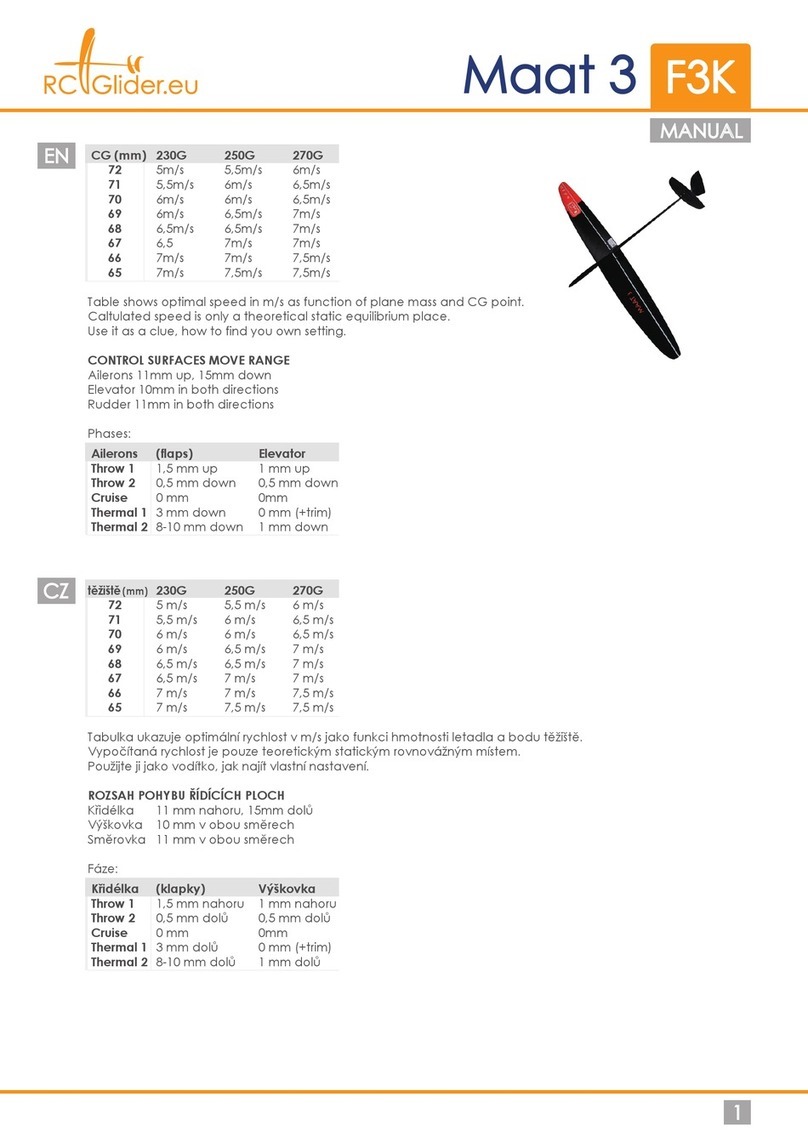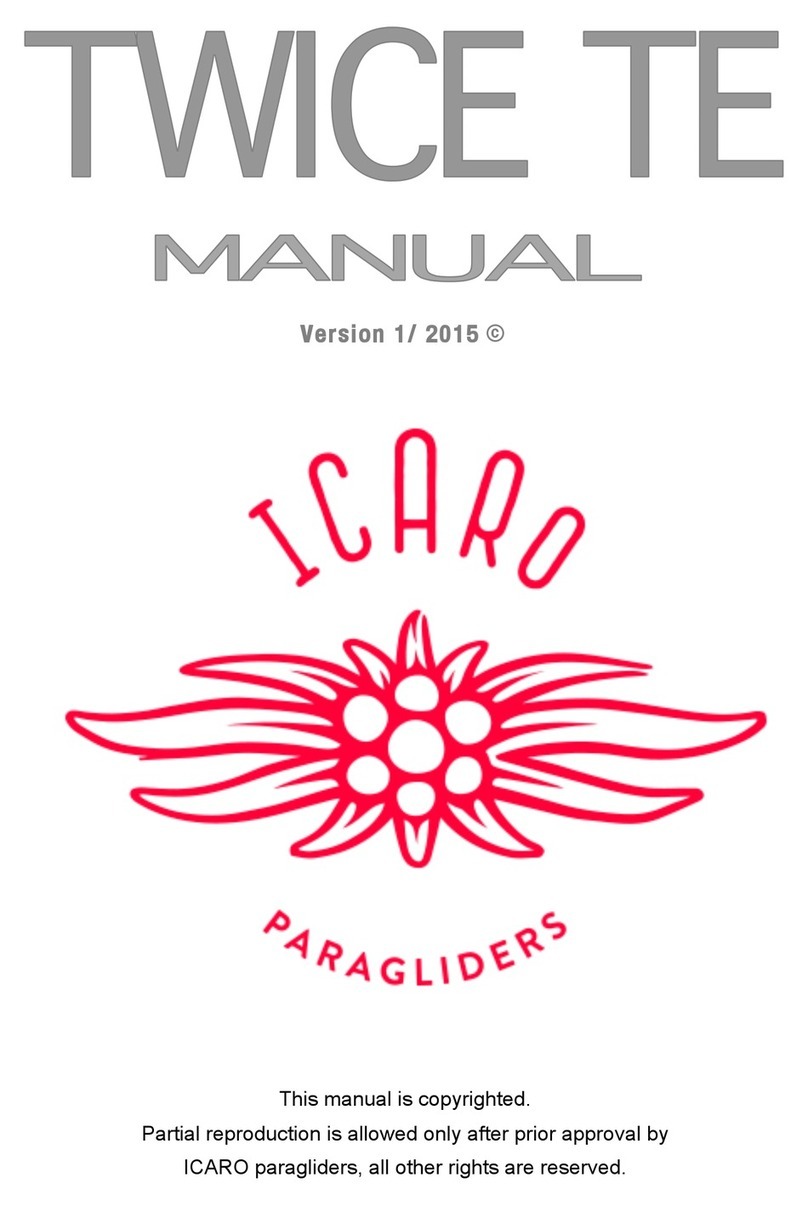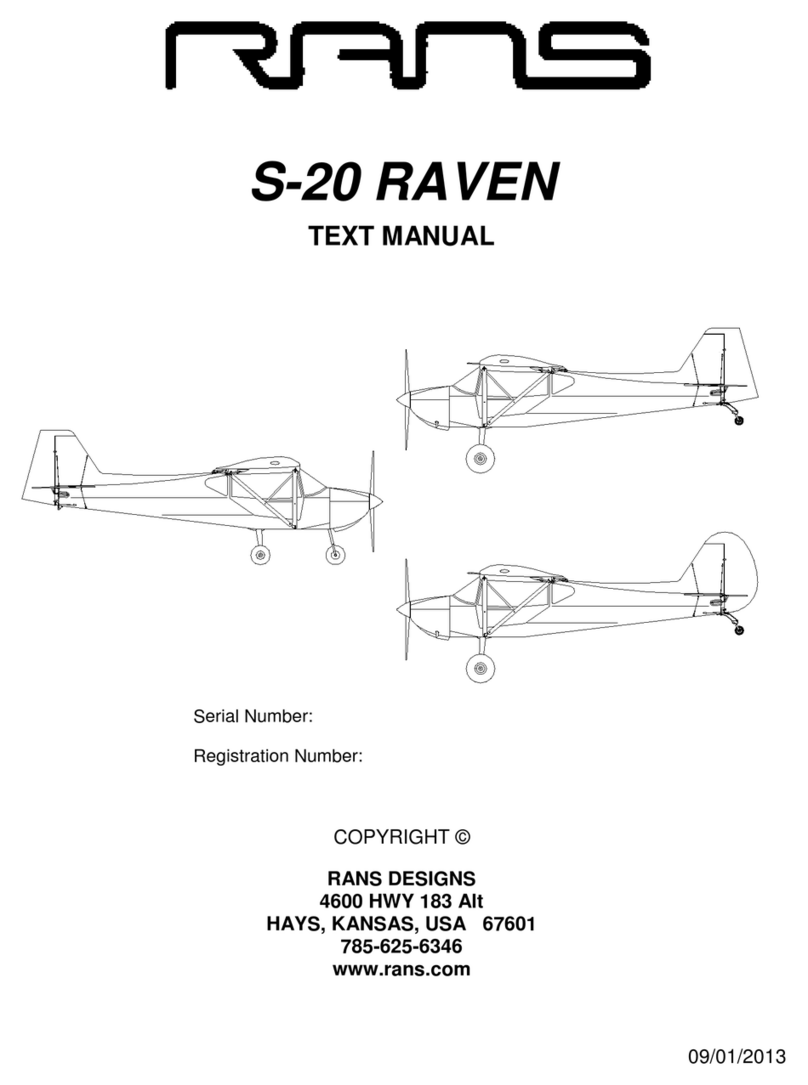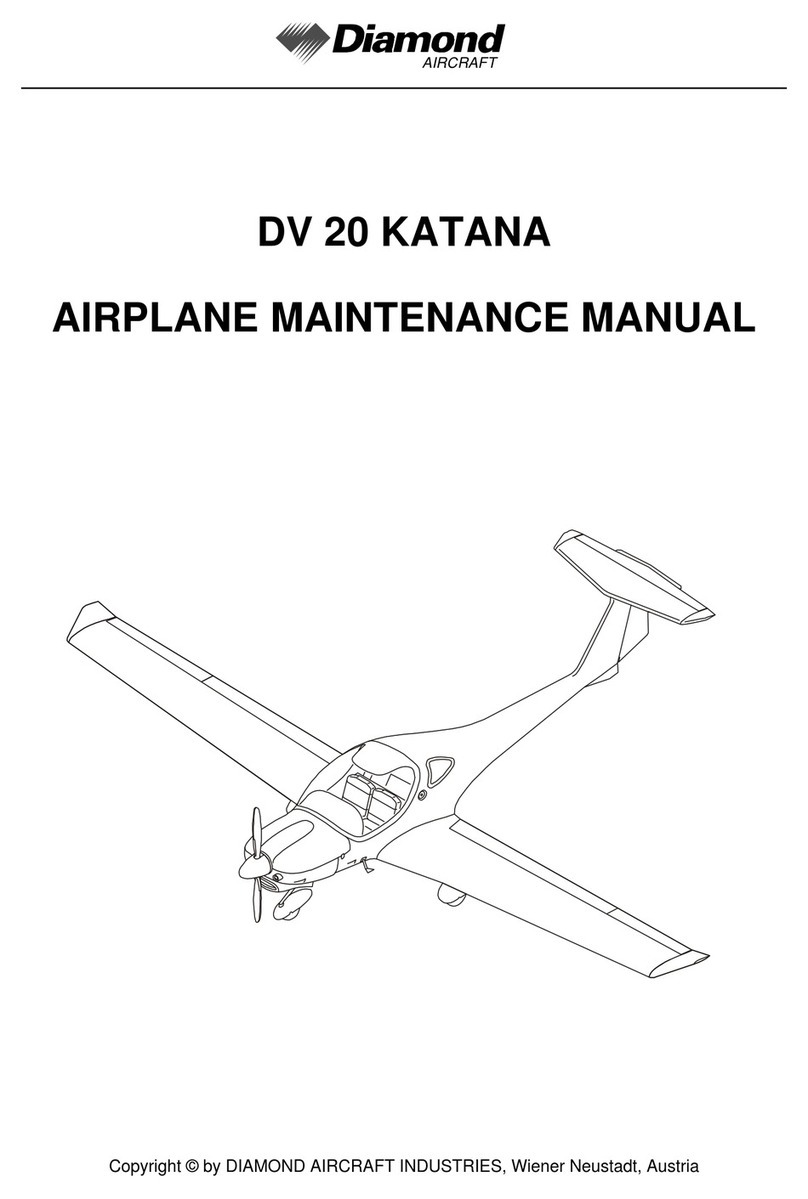16 17
Flying in turbulence
Wing deations can occur in a strong turbulence. The ROOK2 is
designed and tested to recover without pilot’s input in almost all
situations by simply releasing the brakes and letting the glider
y. To train and understand all the manoeuvres described, attend
SIV courses.
Cascade of events
Many reserve deployments are the result of a cascade of
over-corrections by the pilot. Over-corrections are usually not
problematic because of the input itself or its intensity; but due to
the length of time the pilot continues to over-handle. After every
input you have to allow the wing to re-establish its normal ying
speed. Note that over-corrections are often worse than no input
at all.
Asymmetric deflations
Strong turbulence may cause the wing to collapse asymmetrically.
Before this occurs the brake lines and the feeling of the harness
will transmit a loss of pressure to the pilot. This feedback is used
in active piloting to prevent a collapse. If the collapse does occur,
the ROOK2 will easily re-inate without the pilot’s reaction, but
the wing will turn towards the collapsed side.
To prevent this from happening turn and actively recover the
asymmetric collapse by weight shifting and applying appropriate
brake input on the side that is still ying. Be careful not to over-
brake your wing’s ying side. This is enough to maintain your
course and give the glider enough time to recover the collapsed
side by itself. To actively reopen the collapsed side after course
stabilization, pull the brake line on the collapsed side rmly and
release it. You can do this several times with a smooth pumping
motion. After the recovery, release the brake lines for your glider to
regain its trim speed. You must be aware of the fact that asymmetric
collapses are much more radical when ying accelerated. This is
due to the difference in weight and the inertia of the canopy and
the pilot hanging below.
Symmetric deflations
Symmetric or frontal deations normally reopen immediately by
themselves without pilot’s input. The glider will then regain its
airspeed accompanied by a small surge forwards. To actively
control this event, apply both brakes slightly when the collapse
occurs and then instantly release the brakes to let the glider y.
Be prepared to compensate for the glider’s slight surge forward
while returning to normal ying.
Wing tangle, cravat
A cravat is very unlikely to happen with the ROOK2, but it may
occur after a severe deation or in a cascading situation, when
the wing tip gets caught in the glider’s lines. A pilot should be
familiar with the procedure of handling this situation with any
glider. Familiarize yourself with the stabilizer’s main line (“stabilo”
line) already on the ground. If a cravat occurs, the rst thing to
do is to try to keep the glider ying on a straight course. Do this
by weight shifting and counter braking the untangled side. After
that, grab the stabilizer’s main line on the tangled side and pull it
down until it becomes tight again. At this point the cravat normally
releases itself.
Possible solutions of the cravat situations (consult your SIV
instructor):
• Pulling the wing tip “stabilo” line
•
Using a full stall, but it is essential to be very familiar with this
manoeuvre. You also want to have a lot of relative height.
• If you are in a situation where you have a cravat and you are
low in rotation or even with twisted risers, then the only solution
is the reserve parachute.
Negative spin
In normal ight you are far from negative spin. But, certain
circumstances may lead to it. Should this occur, just release the
brake lines progressively and let the wing regain its ying speed.
Be prepared for the glider to surge forward, compensating the
surge with brake input if necessary.
Full stall
A full stall does not occur unintentionally on its own – it happens
if you pull both brakes for 100% and hold them. The wing then
performs a so called full stall. Releasing the brakes improperly
may lead to massive surge of the glider with danger of falling into
the canopy. This is a complex manoeuvre and as such outside the
scope of this manual.You should practice and learn this manoeuvre
only on a SIV course under professional supervision.
Deep stall
Generally when in deep stall, the wing has no forward motion and
at the same time high sink speed. When in deep stall the wing is
almost fully inated. With the ROOK2 it is very unlikely to get into
this situation unintentionally. This could possibly happen if you
are ying at a very low speed in turbulent conditions. Also the
porosity of the material and line stretch on a very old glider can
increase the possibility of the deep stall tendency. If you trained
this manoeuvre on a SIV course you would realize that it is very
hard to keep the ROOK2 in deep stall. If you apply the brakes a
little bit too much you enter the full stall. If you release the brakes
just a little bit too much the wing returns to normal ight. If you
want to practice the deep stall on SIV courses, you need to master
the full stall rst.
Fast decent techniques
Fast descent techniques should be well familiar to any pilot as they
are important resources to be used in certain situations. These
manoeuvres should be learned at your ying school as a part of
paragliding pilot training. Nevertheless, we recommend practicing
these manoeuvres on SIV courses under professional supervision.
Big ears
This is a safe method to moderately loose altitude while still
maintaining forward speed. To do big ears, release any brake line
loops around your wrist, set your leg on the speed bar, but do not
push it. Now pull the outer A lines (the A2 risers in the drawing)
on both sides. As long as you keep the A2 risers pulled, the wing
tips stay folded and the sink speed increases. To regain normal
ight, release the A2 risers, and if necessary apply the brakes with
short impulse movements. Release big ears at least 100 meters
above the ground. While using big ears, the wing speed decreases,
which is why we also recommend using the accelerator half way
in combination with big ears to maintain enough horizontal speed
and to also additionally increase vertical speed. Be careful not to
pull the brakes while making the ears! Steering is done by weight
shift only. Always do the big ears rst and then accelerate; not
the other way around as you will risk getting a frontal collapse.




















